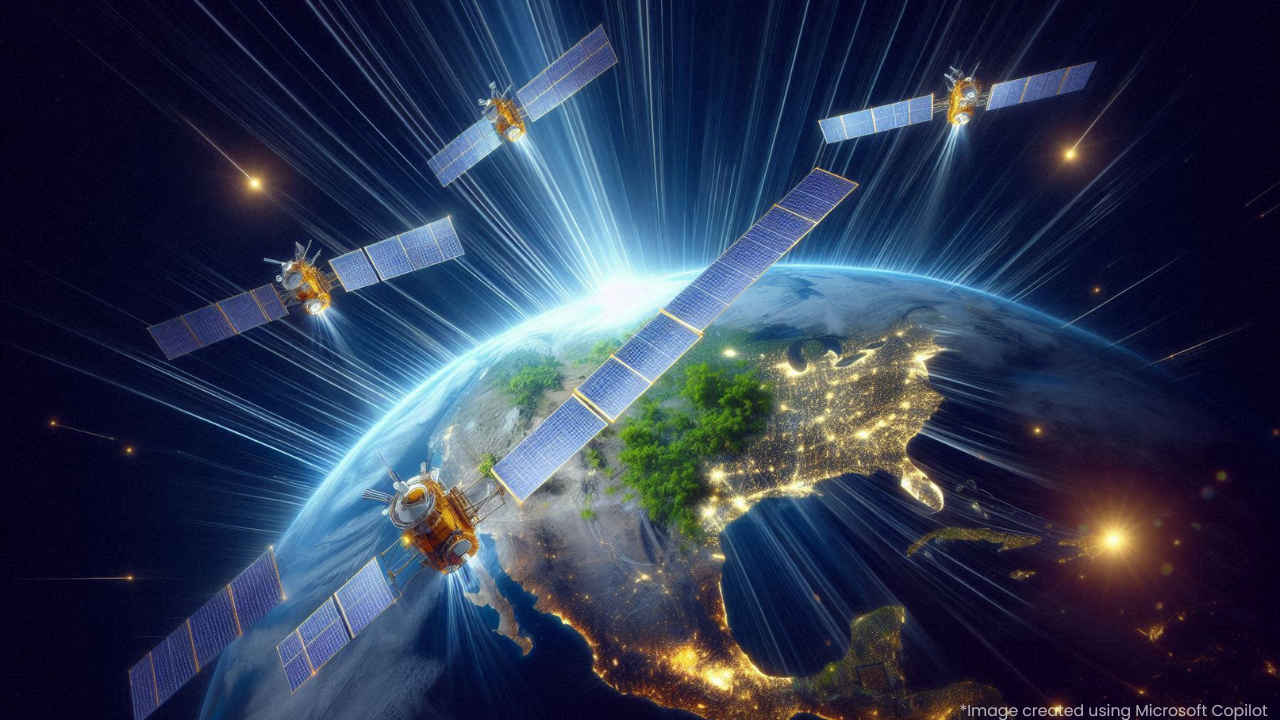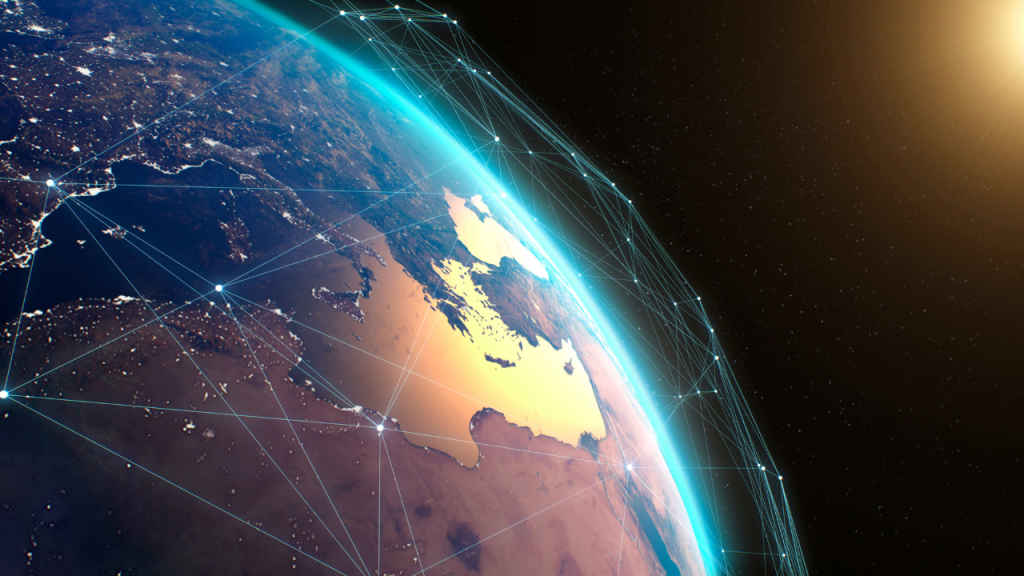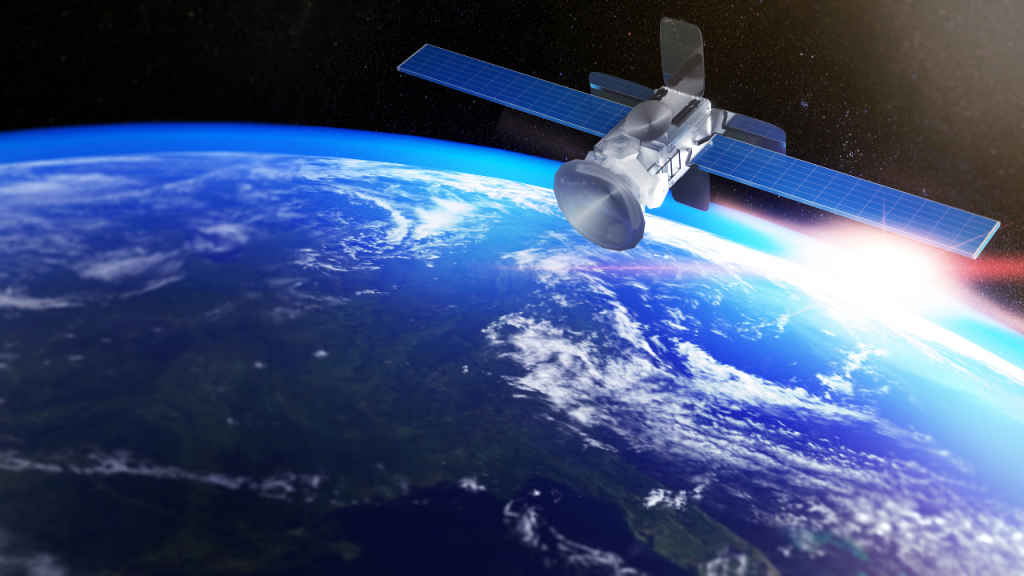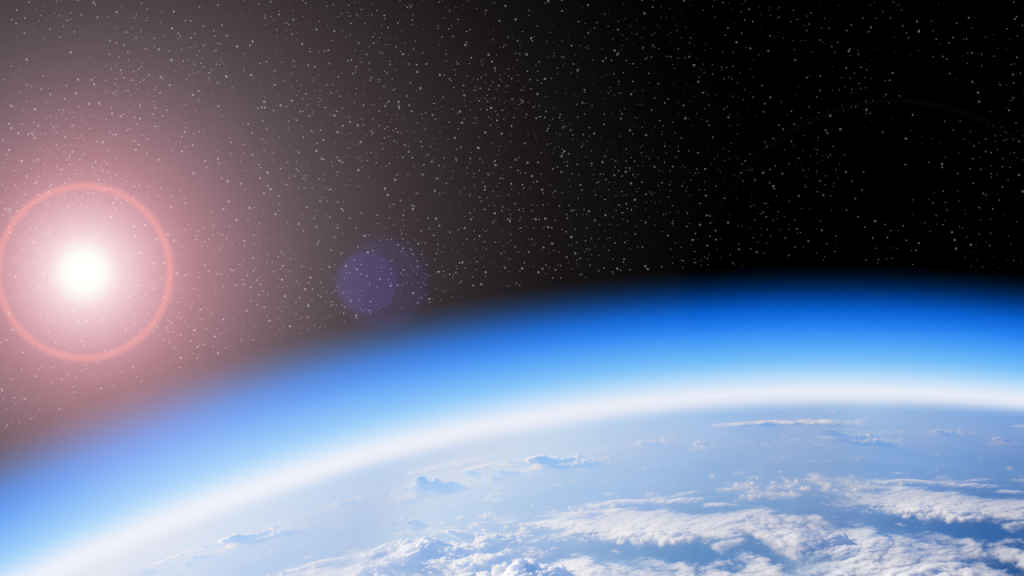Elon Musk’s Starlink satellites impacting Earth’s ozone layer, study finds: Here’s how

A recent study has unveiled alarming findings about the impact of Elon Musk’s Starlink satellites and other low Earth orbit satellites on Earth's ozone layer.
Satellites, when they reach the end of their operational lives, often re-enter Earth’s atmosphere and burn up.
SpaceX alone has plans to launch up to 42,000 Starlink satellites.
A study recently published in the AGU journal Geophysical Research Letters has unveiled alarming findings about the impact of Elon Musk’s Starlink satellites and other low Earth orbit satellites on Earth’s ozone layer.
Satellites, when they reach the end of their operational lives, often re-enter Earth’s atmosphere and burn up. This process leaves behind a significant residue of aluminium oxide particles, the study mentioned.
Also read: Purple Rain: NASA releases video of auroras across Mars’ nightside

These particles, as revealed by the study, have increased eightfold between 2016 and 2022, driven primarily by satellites like those of SpaceX’s Starlink program.
The concern lies in the chemical properties of aluminium oxides. Unlike traditional pollutants like CFCs which were regulated under the 1987 Montreal Protocol to protect the ozone layer, aluminium oxides react differently. They initiate chemical reactions in the stratosphere that don’t directly deplete ozone molecules but trigger reactions between ozone and chlorine. This leads to the accelerated depletion of ozone, which is crucial for shielding Earth from harmful ultraviolet radiation.
Also read: Hubble Space Telescope: What is it and How Does it Work?

The scale of the issue is magnified by the rapid expansion of satellite constellations. SpaceX alone has plans to launch up to 42,000 Starlink satellites, while other companies worldwide are also ramping up their satellite deployments.
Each new launch not only adds to the satellite population but also to the potential accumulation of aluminium oxides in the upper atmosphere.
Despite the success of the Montreal Protocol in reducing CFCs and aiding ozone layer recovery, the unexpected rise in aluminium oxide pollution poses a new challenge.

“Only in recent years have people started to think this might become a problem,” said Joseph Wang, a researcher in astronautics at the University of Southern California and corresponding author of the new study. “We were one of the first teams to look at what the implication of these facts might be.”
As the world embraces the benefits of satellite technology, it must also confront and address the unintended consequences on the Earth’s ozone layer.
Ayushi Jain
Tech news writer by day, BGMI player by night. Combining my passion for tech and gaming to bring you the latest in both worlds. View Full Profile




